Your cart is empty
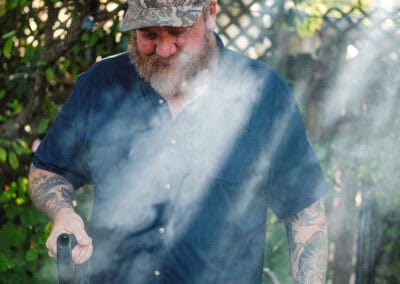
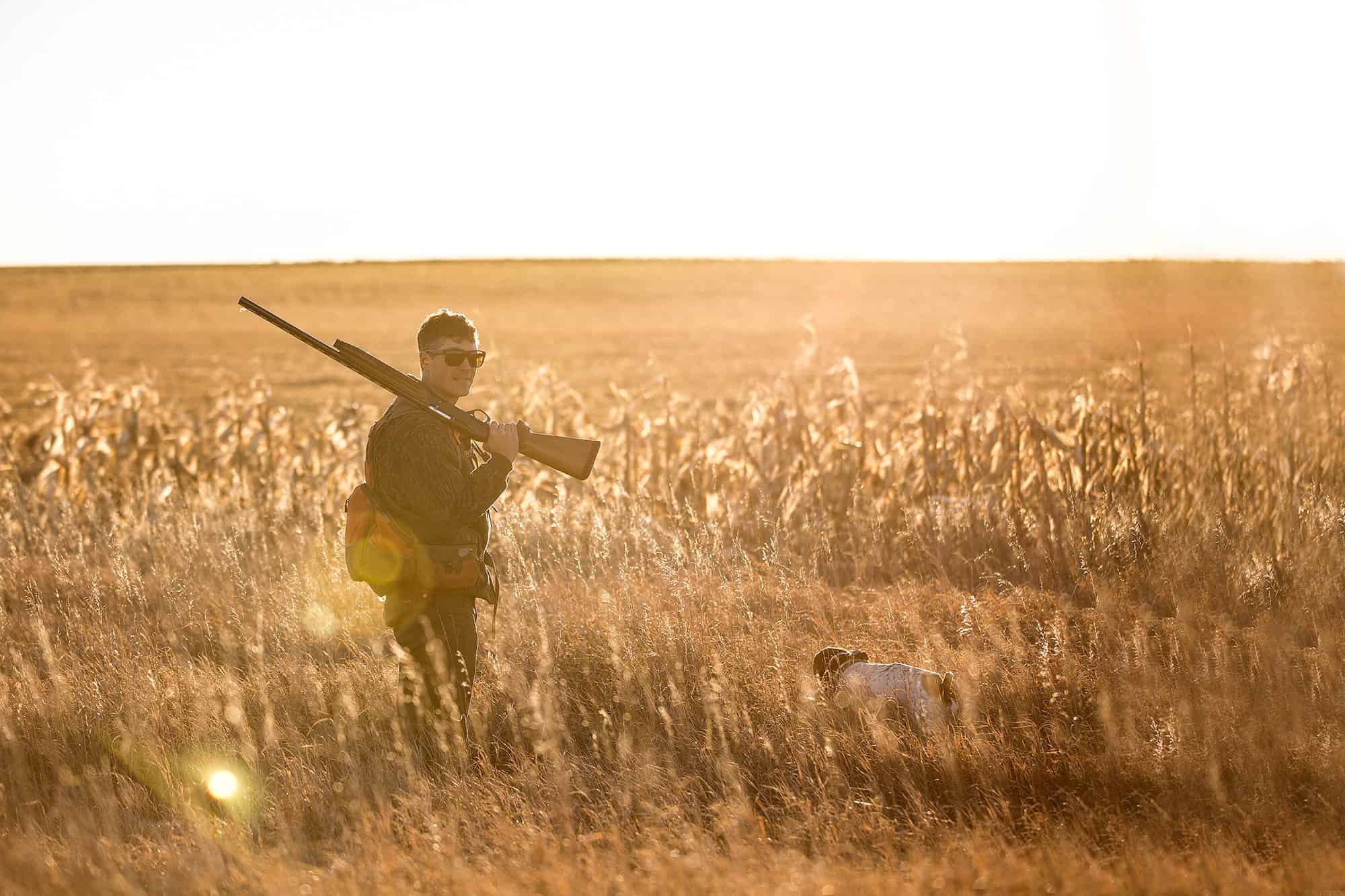
See! From the brake the whirring pheasant springs, and mounts exulting on triumphant wings; Short is his joy! He feels the fiery wound, flutters in blood, and panting beats the ground.
— Alexander Pope
This dry creek bed is surprisingly deep, the exposed soil loamy and lovely and rumpled with ropy cottonwood roots. I walk beneath the trees, passing in and out of the dwindling sunshine, dipping into the cool of settled air where trees spent the day casting shadows, breaking the bond between light and earth.
I watch Tater work in swooping parabolas through tall thistles and blond grass, over fallen trees, up past the edge of crop stubble and backdown again, recovering a wide history of scent and filing it away or discarding it depending on the route it takes through his olfactory pathlines. He’s not a dumb beast — few beasts are. Tater is precise. His nose and mind create a bank of processed data; each inhalation generates a record of scent. Somewhere between his nose and brain an enormous array of smells is expertly shuffled and neatly stacked; Tater cuts the deck and draws a single card from the bouquet of possibilities, a lone scent, and follows it. This is not chance. This is educated choice. He chooses the smell of running feet, long tail, red wattle, turquoise hackle, cackle on the wind, and then follows it like iron driven to a magnet. The scent grows stronger as he closes on his quarry. When the whiffs wobble and fade in the breeze, he quarters, slicing the space into pieces until he discovers the fresh aroma of running feet once more. He increases his stride, he’s gaining, and then the efflorescent moment he’s been chasing occurs — a sudden bloom of body scent pooled before him in tall grass. He freezes mid-stride. He points.
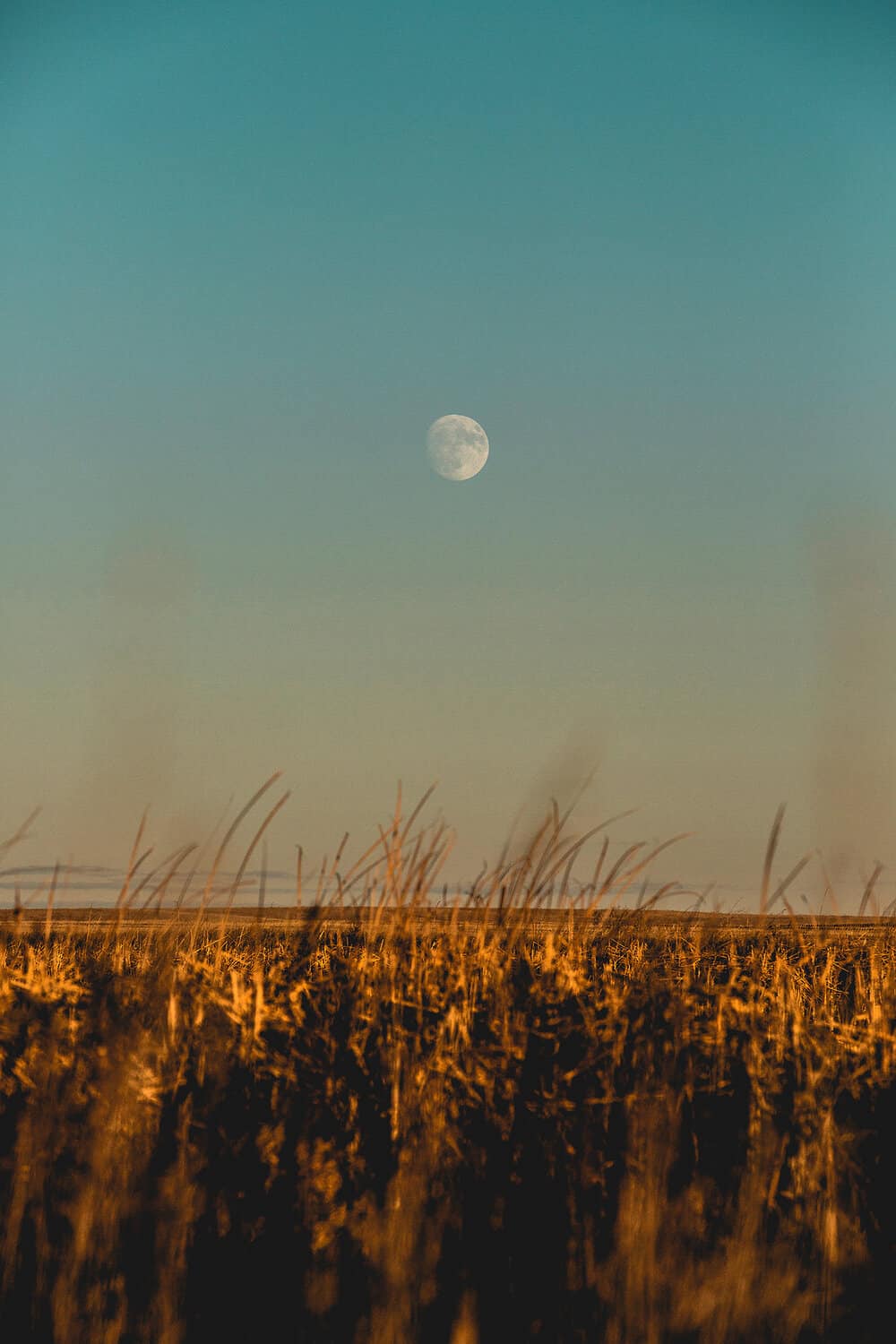
My legs swing me up the far side of the creek bed to where Tater is locked up, curled back on himself, made of marble, shooting laser beams at the tightly woven and wind-slumped mat of grass in front of him. I know there’s a bird right there. He’s telling me so. My finger is on my safety, my gun is light in my hands, my senses are buzzing. I walkup on his point, and my mind shouts at me to be ready. Expecting this bird to flush is agony and heaven, and when the rooster finally takes flight. it explodes upward from beneath my boots, a rocket of flame and feather, an Old Testament angel with a quiver of swords for a tail. For a fraction of a second, I think it would be better to throw my gun down and praise the mythical beast rising on fast wings inches from my face. I hear Robbie call out “rooster” and I come to my senses. My safety clicks and is followed fast by a snug mount. I turn my nose in tight against the stock, swing and look past the bead at fast wings going, going, almost gone.
Fetch! Tater reappears with a mouth full of bird, clambers down the creek bank, and drops the rooster in my hand. I grab my dog, wrap him up in my arms and “good-boy” him nearly to death. When I turn my attention back to the bird, I run my stained glove down the length of that splendid, wild tail. I have a limit and my pheasant fever has gone terminal.
We’re hunting South Dakota. When my husband suggested the trip, I was lukewarm to the notion, but I blame my lack of heat on ignorance. We are residents of Idaho, arguably the best state in the union for upland hunting, and we live in the heart of chukar country. While the term snobby doesn’t sit well with us, I don’t deny that we are spoiled by the geographic region we call home. We rarely travel to hunt our dogs —there’s so much opportunity right where we live. Though we’ve hunted this area since 2006, long before we relocated our lives to this part of the state, there remains an unfathomable amount of rugged canyon country to explore. Our life is an aspiring uplander’s dream, with quail, Hungarian partridge and chukar populations within walking distance of the front gate of our farm. It should come as no surprise that a small wild pheasant population also exists along the edges of our modest spread—I hear them cackling in the evenings when I’m outside tending to chores. Pheasant are everywhere.
Chinese ring-necked pheasant are native to Asia and were originally introduced to the state of Oregon in 1881 where, upon being released, these birds not only survived, but thrived. Since then, pheasant have established wild populations in over thirty states, as well as parts of Canada and Mexico. They spend most of their lives on the ground and prefer running over flying, so it is logical that they require thick, tall cover to live, nest and hide in. They aren’t picky; any overgrown ditch or stringer of trees will do. We don’t spend entire days targeting pheasant in Idaho, but we do bag the occasional wild pheasant — they occur to us by surprise, while we’re working groups of quail in the creek bottoms of canyons where inhospitable, volcanic stone meets the edge of sage and grasslands or farms. Thus far in my hunting education, I’ve not had the chance to truly apply myself to pheasant hunting until visiting South Dakota. The sheer number of birds in the state where “Under God the People Rule” is exhilarating, but looking beyond the pheasant, the land itself is a wonderful surprise.

Driving into South Dakota felt like a homecoming. I’ve been a resident of Idaho for over 11 years, but I am a daughter of Saskatchewan first and foremost, and these spaces of sky and grass and immense horizons are my heartland. I sprouted into being from a few humble generations of wheat farmers, and my roots wind down deep in rich earth and prairies. This is the kind of country I return to in my mind when I consider my personal definition of home. South Dakota, like my motherland, is blanketed in native grasslands that sprawl across immense spaces, stitched together and patched-up by farms. Like the century-old crazy-quilt my grandmother Ruth keeps tucked away in a wooden chest, this land is a blanket of patterns, colors and textures draped over the bones of the earth in gentle rumples. This landscape can seem harsh and monotonous to the untrained eye, but when I lookout at it, I know the space holds secrets and beauty few can imagine.
I tell Robbie I am inspired by the way South Dakotan farmers are blurring the lines between agriculture and wildlife habitat, boldly expanding edge country within the perimeters of their land.
Like Saskatchewan, most of South Dakota is privately owned and was broken up by pioneers who kept tidy little hardworking sections back in the good old days. Over time, families have quit or retired from the work, and generations of kids have left for cities and other states and other lifestyles. It always breaks my heart to see the greying buildings leaning off their foundations, granaries filled with echoes instead of golden grain, ghosts lingering where the raspberry patches used to grow, and baked earth where the lilacs once bloomed.
These old family farms, these beautiful homesteads, have been swallowed up whole by the commercial farms upon which pheasant populations hinge. Pheasant tend to dwell in the rich biomes created by the edge country found in agricultural spaces — areas where crops run up against wild, tangled, unkempt land. In South Dakota, commercial farmers are doing a wonderful job of farming enormous tracts of land while simultaneously creating large pockets of edge country within and around their crops. This edge country isn’t specifically dedicated to pheasant; other wild animals require the same sorts of forage, shelter and spaces to rear their young in. Habitat development and wildlife conservation is rarely bound by the needs of a single species. Creating habitat for pheasant benefits all wildlife inhabiting the liminal spaces between the cultivated tracts of land and the rest of the wild world.

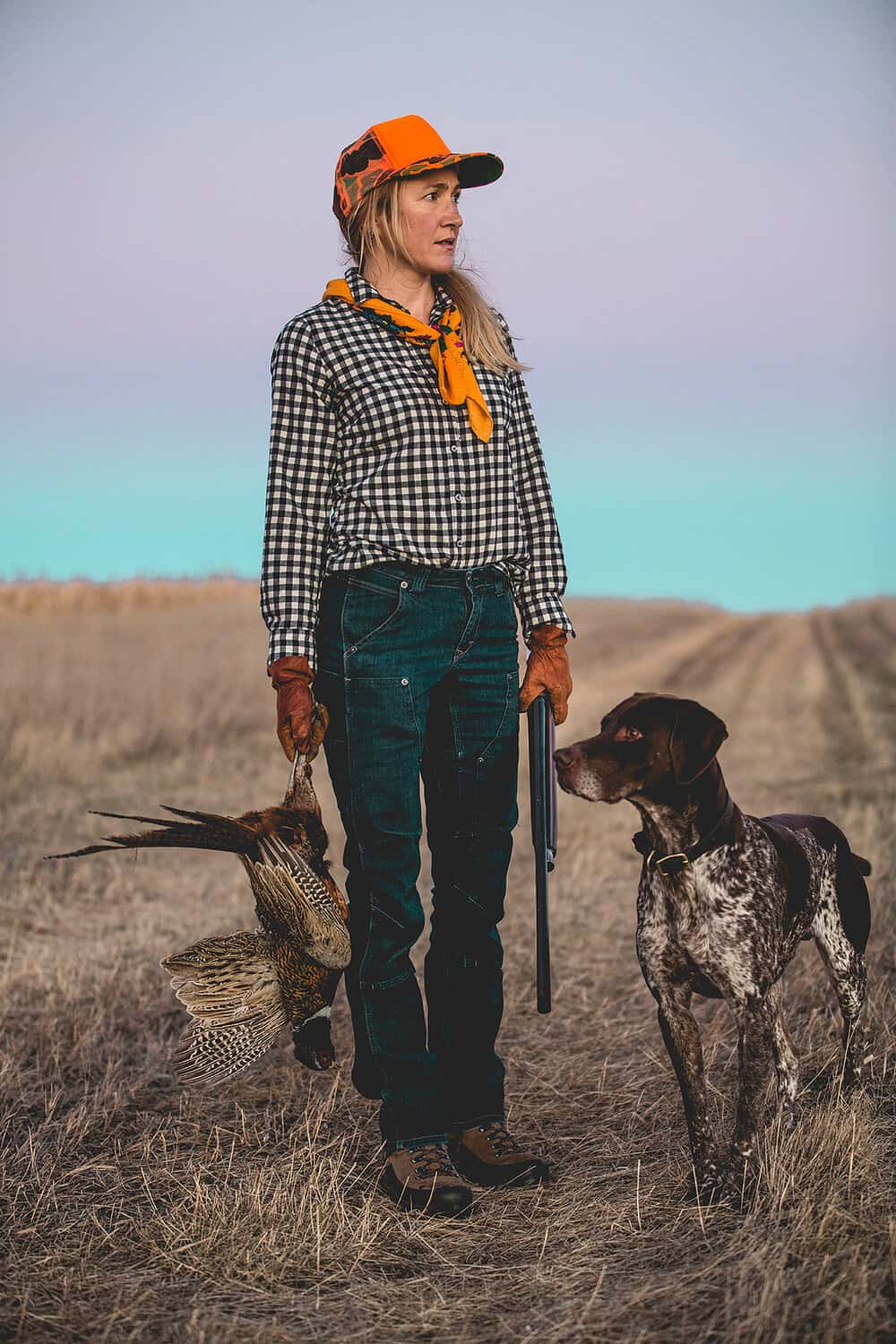
In South Dakota, diverse crops are interspersed with shelter belts and food plots, so that farms and wildlife habitat are no longer rigidly bisected. Massive sections of land remain committed to commercial agriculture, but within those agricultural tracts are smaller plots of restitution that exist solely to serve as wildlife habitat. Not only is wildlife being considered in South Dakota, but some species like pheasant are considered additional diversification for farmers who generate residual income with the state-funded walk-in program, or offer hunters the option of paying trespass fees to hunt pheasant-rich habitat on their private property. Where habitat for pheasant has been left untouched or intentionally developed by humans, pheasant have an opportunity to thrive. And thrive is exactly what they are doing in South Dakota, thanks to the committed work of conservation-minded farmers.
On our final day, with my limit in hand, we begin the long walk back to the truck. It’s parked alongside a shelter belt in a sea of cultivated fields pocked and striped with food plots. The moon is rising, the sky a wash of soft colors, the air turning cool. It is a dusky stroll across sorghum stubble. Tater continues to work, though he is officially off the clock. He runs free, quartering in bigger and bigger arcs into an easy breeze, joy riding, criss-crossing the country for the heck of it.
At the truck, I drop the tailgate, lay down my gun, and step into the long line of trees just to see what I can see. While walking and looking up at the moon through an awning of bare branches, I nearly step on a whitetail doe where she is curled up in her bed. She is as shocked by my presence as I am by hers, and in one smooth motion she rises and runs, bursting through the trees into open space while I gasp in wonder. I take five more steps into the shelter belt, and a great horned owl leave sits perch and flies by, close enough that my hair lifts from my forehead and I feel a soft wing tip brush my cheek. All around me, songbird nests are tucked in the nooks and crannies of tree branches.
I can only imagine what else is hiding from me in this territory of trees, watching me with unblinking eyes. This is not a natural forest — it was methodically planted by the hands of a farmer — but the animals that inhabit this tree-sparse country aren’t fussy. If a tangly thatch of timber offers them shelter and safety, they’ll treat it as sanctuary. I begin to see the South Dakota landscape with new eyes. I leave the edge of the shelter belt and step back into the open. The moon is up, cool and bright, scarred with ancient, dusty seas. Night has come.
The next day we begin the long drive home to Idaho. Our truck hugs the granitic curves of the Black Hills, where fresh snow has turned pine forest to lace and shadow. While watching the bison herds in Custer State Park, I tell Robbie I am inspired by the way South Dakotan farmers are blurring the lines between agriculture and wildlife habitat, boldly expanding edge country within the perimeters of their land. I wonder aloud about how we might foster a wider swath of edge country between our hayfields and the public lands that press up against our farm so that we all, wild and tame, might have the opportunity to grow and thrive.

Drawing inspiration from the natural spaces Jillian abides in, she is a silversmith, photographer and writer when she’s not operating a small hay farm onSnake River in Idaho. She’s committed to revealing the indelible spirit of the West and takes her time most everywhere she goes, living expansively along the way.
@thenoisyplume
thenoisyplume.com
This story was originally featured in Modern Huntsman, Volume Three: Wildlife Management
Related Stories

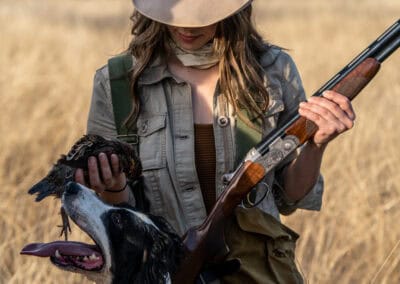

Latest Stories


